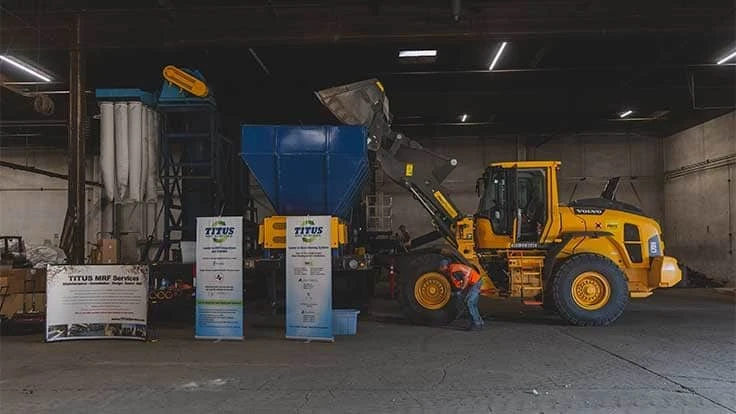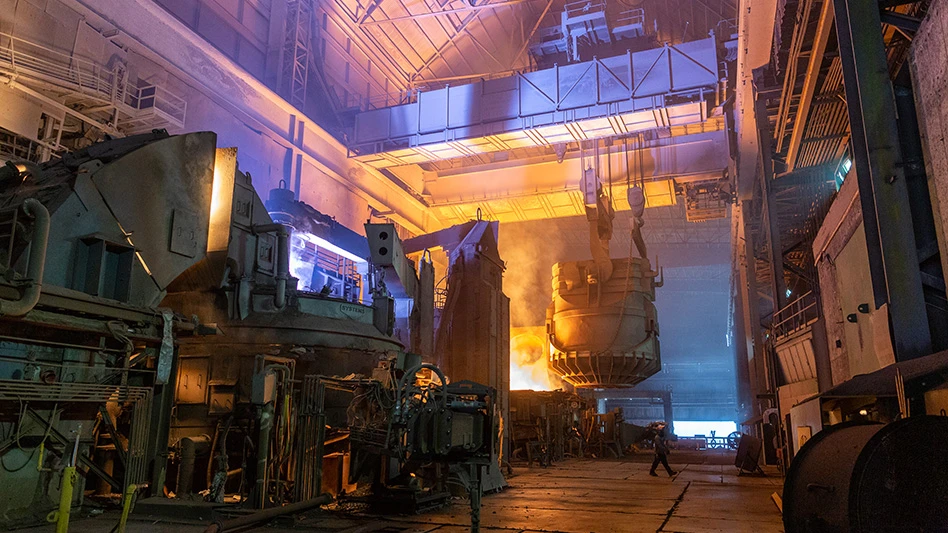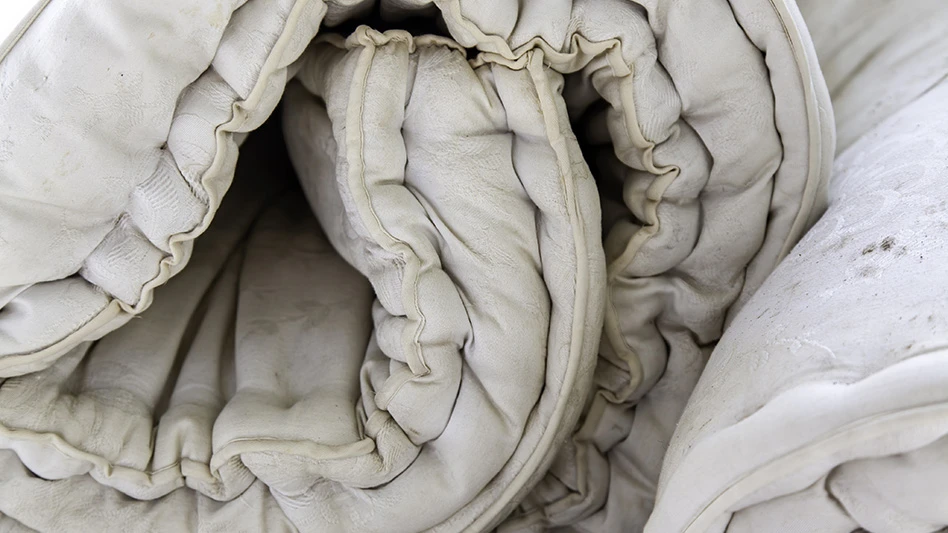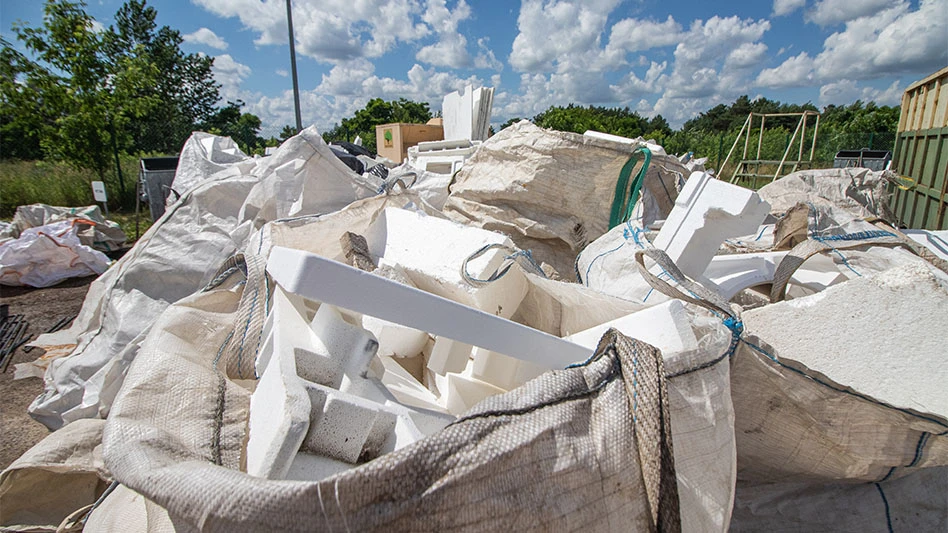
Plastics Industry Association
A collaborative group of government and packaging industry leaders, led by the Plastics Industry Association (Plastics), Washington, have released results from the Pacific Northwest Secondary Sorting Demonstration Project (PNW Sort). The group wanted to determine how a wider range of materials could be captured from the residential recycling system.
The project used a portable secondary material recovery facility (secondary MRF) that operated for 60 days in Portland, Oregon, receiving, sorting and measuring the possible recovery from two types of material streams from four MRFs in Oregon and Washington. Titus MRF Services, headquartered in Los Angeles, operated the facility and provided equipment for the project.
“Projects like this are important as we work towards a more sustainable system nationwide,” says Scott Farling, vice president of business development and research at Titus MRF Services. “While top producing primary MRFs can recover close to 90 percent of the recycled materials from the waste stream, we’d like to see that number increase in the coming years. This project allowed us to dig deeper to recover what remains: the low-volume and difficult-to-manually-sort materials along with machine yield losses.”
Materials recovered in this study included polyethylene (PE), mixed paper, cartons, polypropylene (PP), polystyrene (PS) and polyethylene terephthalate (PET) bottles and thermoforms. The results of PNW Sort suggest that a regional secondary sorting MRF sized to serve the population of Oregon and Washington would:
- increase material recovery or landfill diversion by more than 50,000 tons per year;
- increase the recovery rate by 3 percent to 6 percent without significant program changes or investments;
- generate 46 green jobs per secondary MRF;
- reduce the generation of greenhouse gases by more than 130,000 tons per year;
- enable future expansion of the accepted materials list without needing to retrofit primary MRFs; and
- provide accountability for all collected recyclable materials and eliminate the risk of potential mismanagement and pollution.
“Our biggest takeaway following this pilot program is that a secondary sorting facility model is a viable option to help meet the ever-increasing demand for recycled materials,” says Tony Radoszewski, president and CEO of Plastics. “The project data shows the value that can be extracted from landfill-bound or mixed materials. It is our hope that the data from this report can help inform state and local decision-makers on how to improve our recovery systems.”
Recycling Today ran a feature on this project in its Fall 2019 edition of Plastics Recycling. Also, click here for full details on the PNW Sort project's results.
Latest from Recycling Today
- Alpla calls 2024 year of recycling growth
- Altilium says agreement puts it on lithium recycling path
- NWRA, SWANA partner to address lithium-ion batteries
- Corinth, Texas, renews waste contract with CWD
- Fresh Perspective: Sarah Zwilsky
- Plastics Industry Association announces leadership changes
- QCC celebrates 50th anniversary
- Venture Metals acquires 2 nonferrous processors





